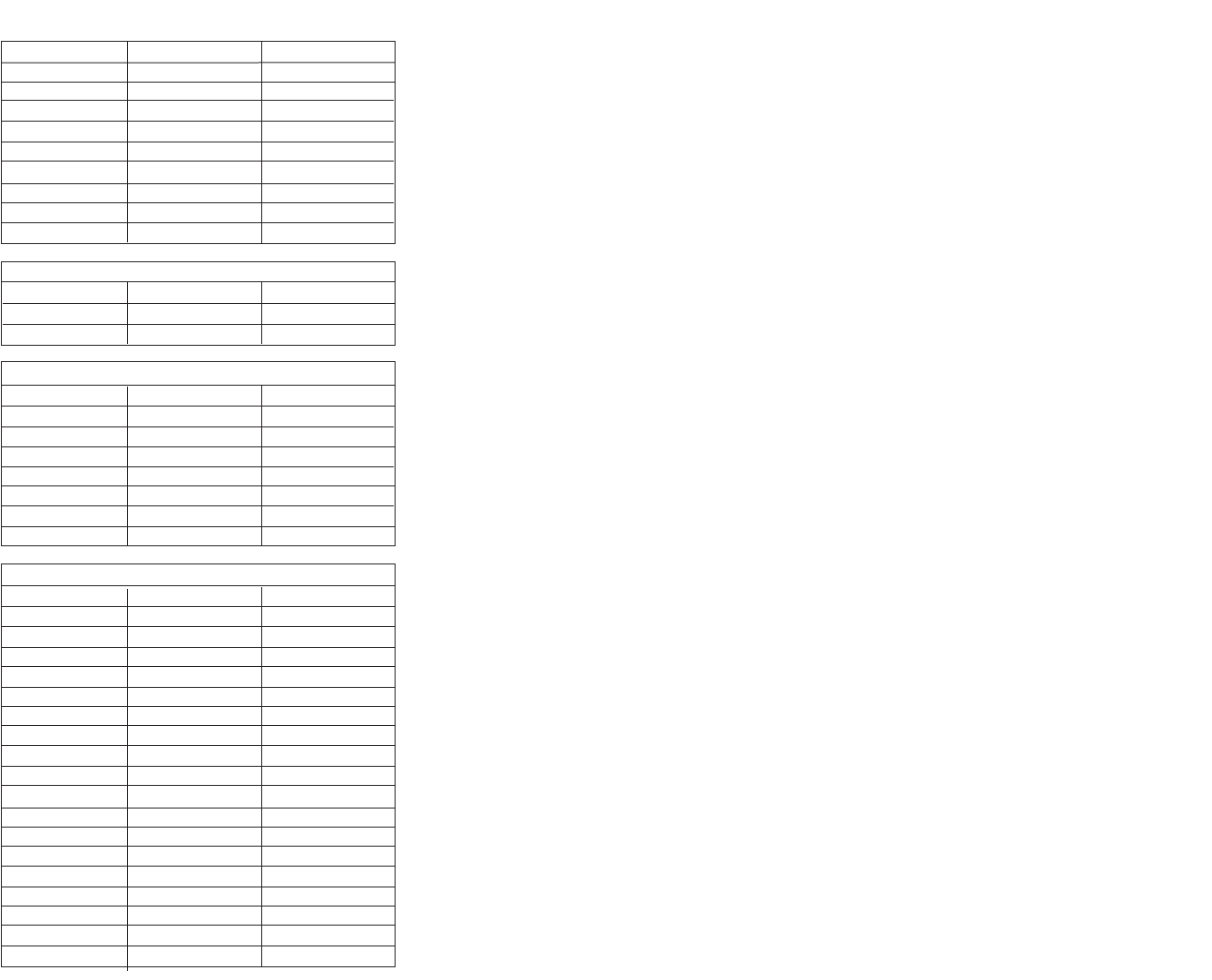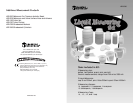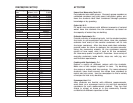
CONVERSION FACTORS
To change to Multiply by
liters gallons (U.S.) 0.2642
liters pints - dry 1.8162
liters pints - liquid 2.1134
liters quarts - dry 0.9081
liters quarts - liquid 1.0567
pints - dry liters 0.5506
pints - liquid liters 0.4732
quarts - dry liters 1.1012
quarts - liquid liters 0.9463
Standard Metric
1 fluid oz. = .02957L
1 pint = 0.47311L
1 gallon = 3.78541L
Measurement Abbreviations
c. = cup
T. or Tbs. = tablespoon
t. or tsp. = teaspoon
ml. = milliliter
L. = liter
pt. = pint
qt. = quart
gal. = gal
U.S. Measurement Equivalents
16 T. = 1 c.
12 T. = 3/4 c.
10 T. + 2 tsp. = 2/3 c.
8 T. = 1/2 c.
6 T. = 3/8 c.
5 T. + 1 tsp. = 1/3 c.
4 T. = 1/4 c.
2 T. = 1/8 c.
2 T. + 2 tsp. = 1/6 c.
1 T. = 1/16 c.
2 c. = 1 pt.
2 pt. = 1 qt.
3 tsp. = 1 T.
48 tsp. = 1 c.
1 c. = 1/2 pt.
2 c. = 1 pt.
4 c. = 1 qt.
2 pt. = 1 qt.
4 qt. (liquid) = 1 gal.
ACTIVITIES
Know Your Measuring Tools (K+)
Put students into small groups. Give each group member an
unlabeled container (cup, pint, quart, half-gallon, gallon, etc.)
Have the students label their containers through previous
knowledge or by guessing.
Order Up! (K-2)
Fill equal size containers with different amounts of colored
water. Have the students line the containers up based on
the capacity of water they are holding.
Estimate Equivalents (2+)
Provide a variety of measuring tools. Let the student explore
the tools to get aquatinted with them. Have the students
estimate how many of the smaller containers will fit into
the larger containers. After they have made their estimates,
provide water for them to measure the accurate amounts.
Using the measuring utensils, fill the containers keeping
record of how many units it took to fill the containers.
(Ex. How many quarts in a gallon?) Extension: Use a variety of
everyday containers (soda bottle, soup can, milk jug, etc.)
and find their equivalents.
Cooking with Equivalents (2+)
Explore a variety of different recipes with the students.
Make one of the recipes together in class. Try doubling
the recipe or making half the servings. For more advanced
students, have them convert the recipe from standard to
metric and vice versa. Use the newspaper to find a variety
of recipes for kids to try doubling.
Scavenger Hunt (1+)
After students are familiar with different measurements,
send them on a scavenger hunt to try and find equivalent
containers for each measurement studied. They can find
things in school, at home or in the community. Provide
a checklist of different capacities to find.




